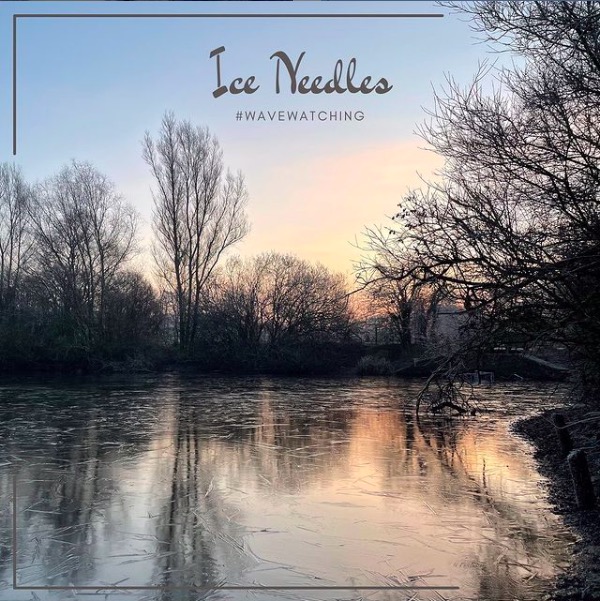
#WaveWatchingWednesday
Haven’t posted a #WaveWatchingWednesday in a while — but I am very regularly posting over on my Instagram @fascinocean_kiel. Check it out if you fancy a more regular supply of pics!
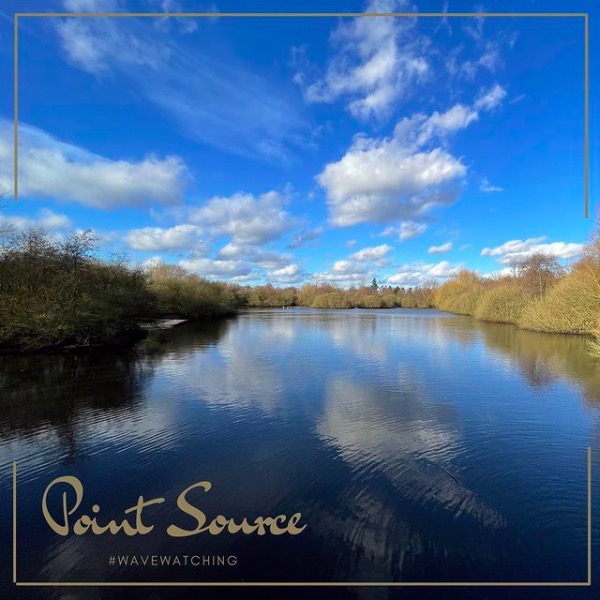
Finally a sunny day again! Which means that I HAVE to get outside. And voila: awesome #WaveWatching! See the waves radiating as half circles from a point source from the lower right corner? That’s a dog drinking!
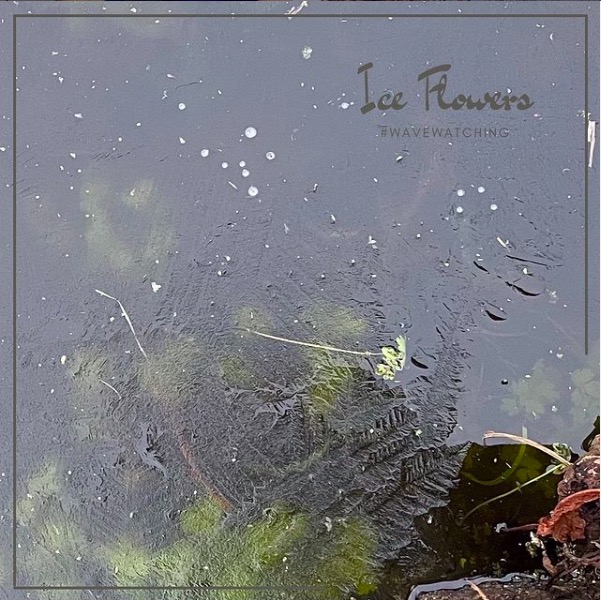
This morning, there was only a super thin layer of ice on the pond — enough to trap small air bubbles in some spaces, but still flexible — and on it, the fern-like structures in which the ice grew were still visible. So pretty!
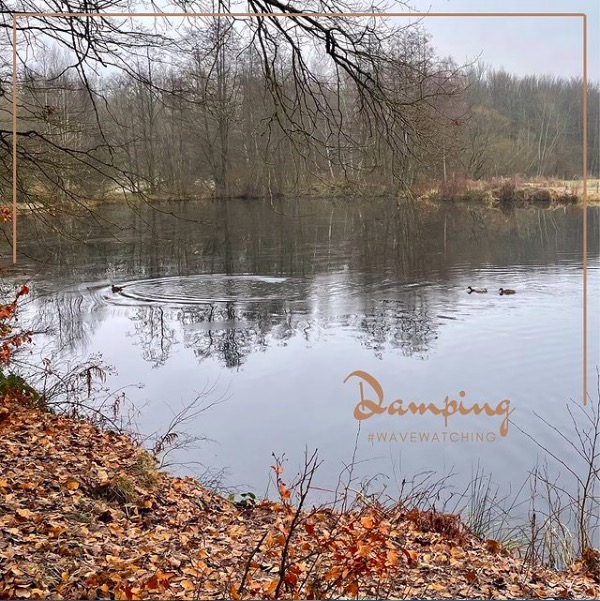
Do you see the large ring waves on the left, where a duck is riding on the edge of the wave? It was caused by the three ducks reaching the “ice edge” (well, the edge of super thin ice floes that weren’t even connected) and the first duck deciding to fly to the next spot of open water, where it landed with a splash in the center of that wave, and then flew another wing flap or two to where it is sitting now, while the wave spread. But the ice the duck was avoiding explains why the wave looks so much smaller on its right side than on the left where the duck is! The ice also explains why it’s really difficult to see the wakes of the other two ducks on the right — all the waves are dampened away by the ice.⠀
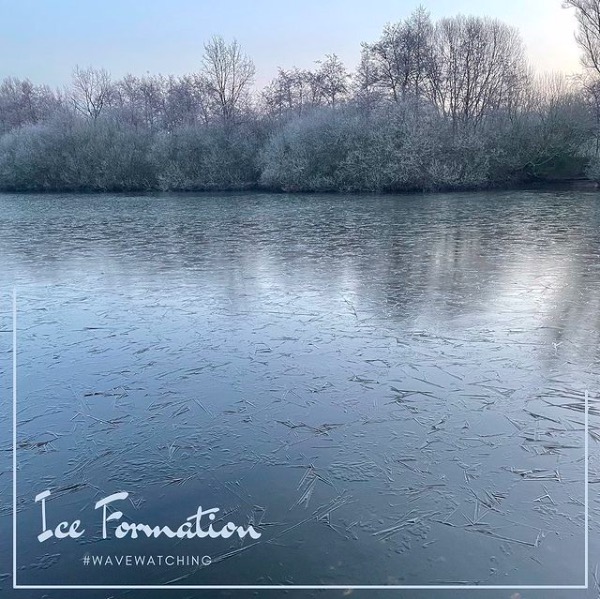
Ice looks differently depending on the conditions it formed in. Here, supercold & calm water recently froze in long needles. If there had been waves, needles wouldn’t have been able to grow so long, slush would have formed and then pancakes. If there had been salt in the water, it would look more milky and less clear. If the ice had started melting and then refrozen, the structures of the needles would have gotten destroyed. Fascinating how much ice can tell us about what conditions must have been prevalent!⠀

Ice needles are a prominent feature of freshly formed ice on calm puddles or lakes when the water is supercooled. They form all over, growing longer and longer, until they meet another needle. Only then do the spaces between needles start to fill.
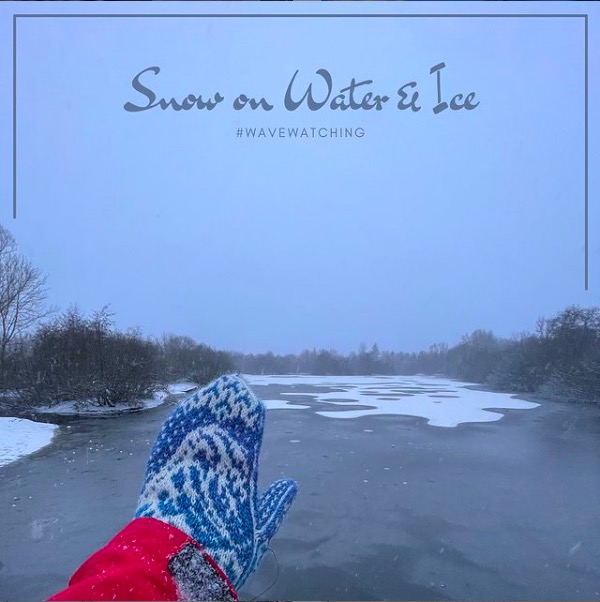
No waves? No problem! (Thanks to these amazing #GreatWave mittens by @kjersti.daae ) And what looks like melt ponds on the ice here is snow falling on a more-or-less intact ice sheet. The more intact, the more snow. The wetter, the better — for wave watching Good thing it’s the weekend now!
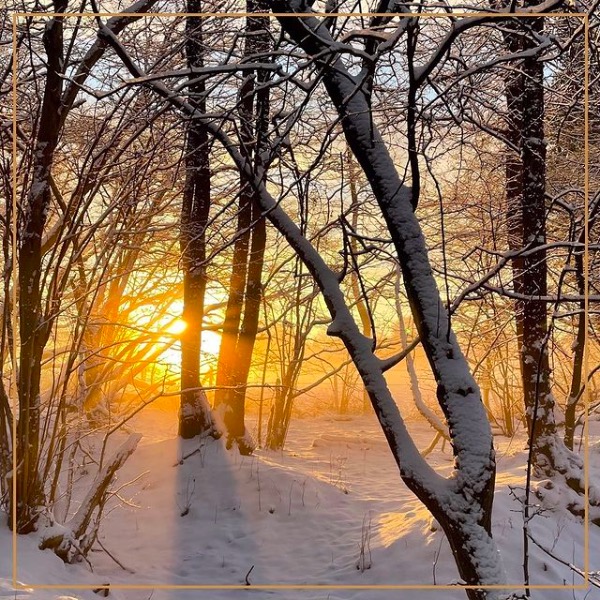
There is enough water in this pic — in frozen form in the snow, and as tiny droplets in the fog — to warrant an appearance here. What a beautiful day!
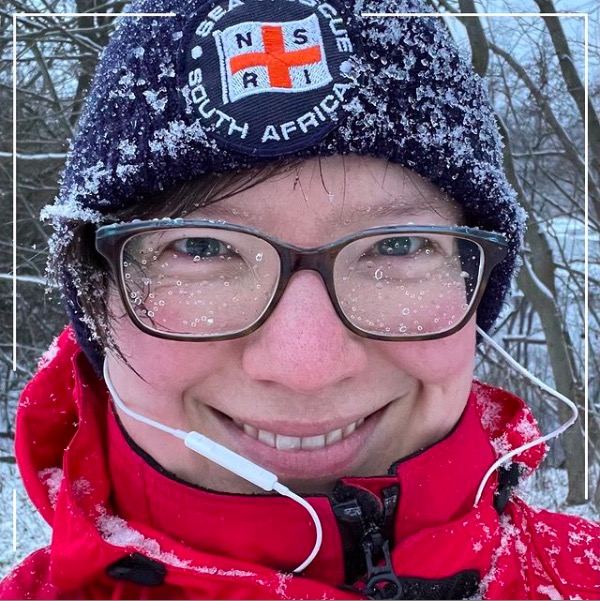
Wet snow is definitely better than no snow. And even better when work meetings can happen on the phone and we can at least do virtual walk & talk meetings :)
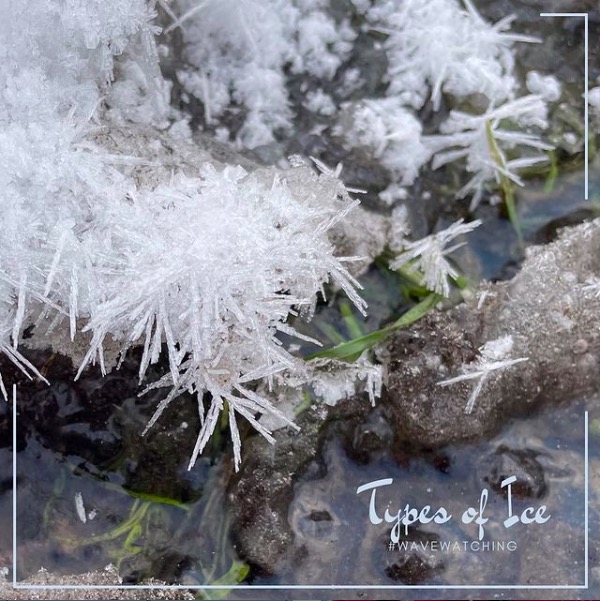
This picture shows a puddle, that froze and got snowed on, then someone broke that snowy ice sheet and bits of ice got pushed into the water while others were pushed out (see for example the grey thing on the right). The puddle then froze again (all the clear ice you see) and hoar frost grew on some of the old pieces of ice (those needles you see. The long ones are longer than a centimeter!). And all of this in just one puddle!
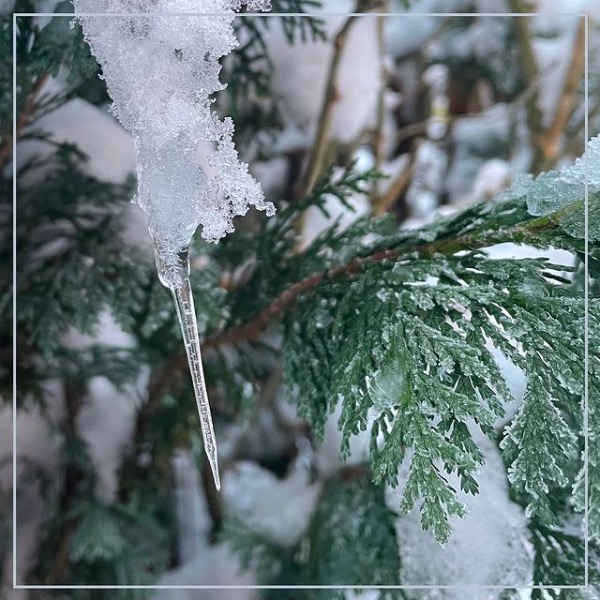
I am fascinated with phase transitions at the moment. Here, snow fell on this bush. It then partly melted in the sun the next day, and the next night the liquid water refroze, forming an icicle.
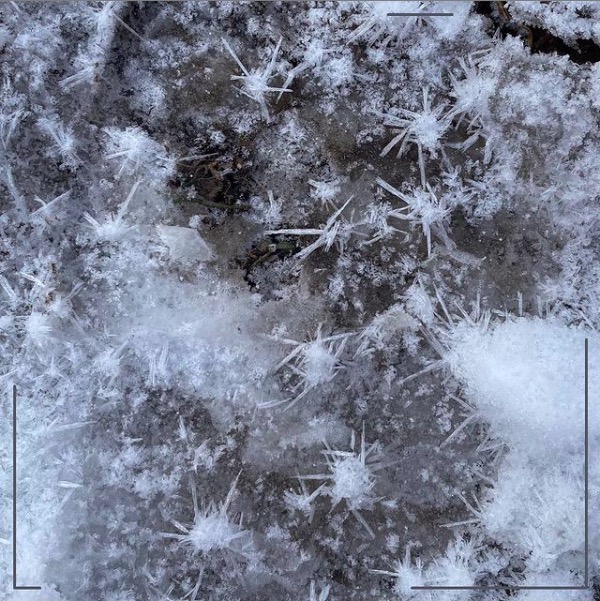
Hoarfrost grew on a puddle the froze, broke open again, froze again⠀
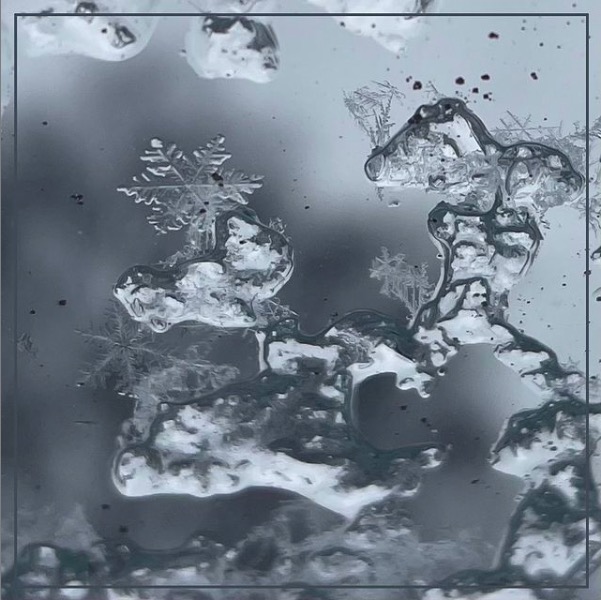
Very distracting to work under a skylight… Turns out it is pretty difficult to take pics because they melt so quickly and it’s super difficult to focus on the right depth in between all the melt water puddles that have a much higher contrast!
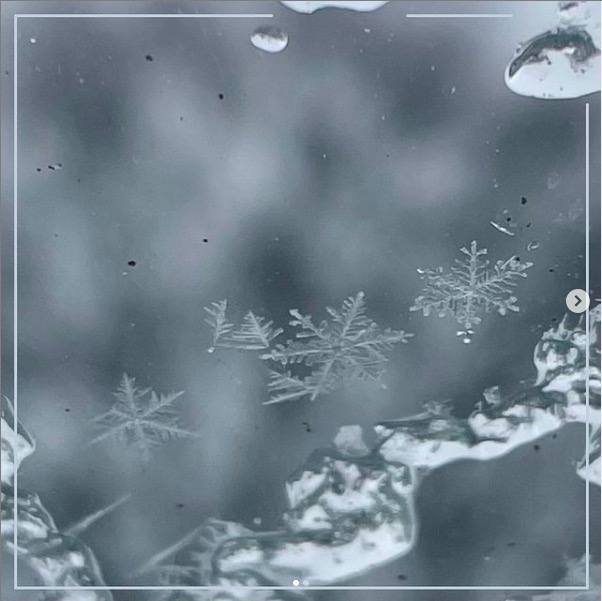
More snowflakes! Here the same ones with slightly different tilt of the camera — against the bright sky vs thr dark tree. Such different results!
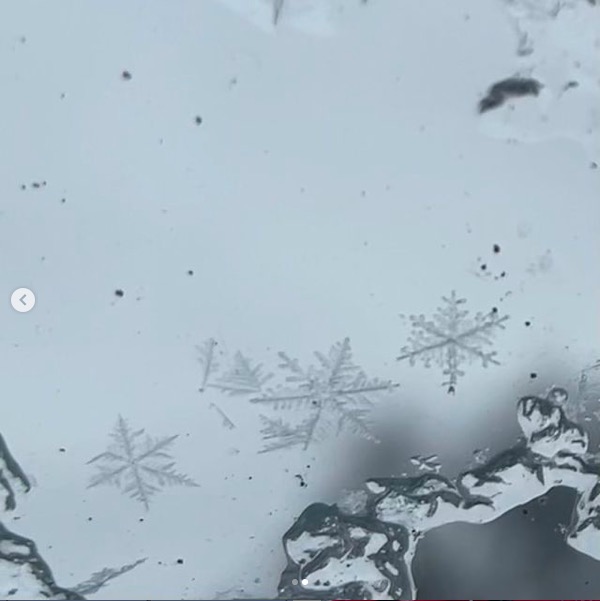
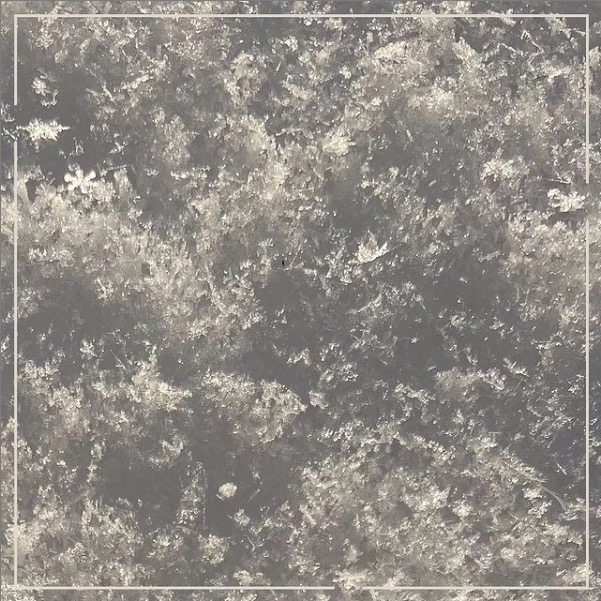
Too much snow on the skylight above my desk to look outside, so I had to actually go outside to look at snow. And it was so fluffy that one could really see individual snow flakes! How cool is that???
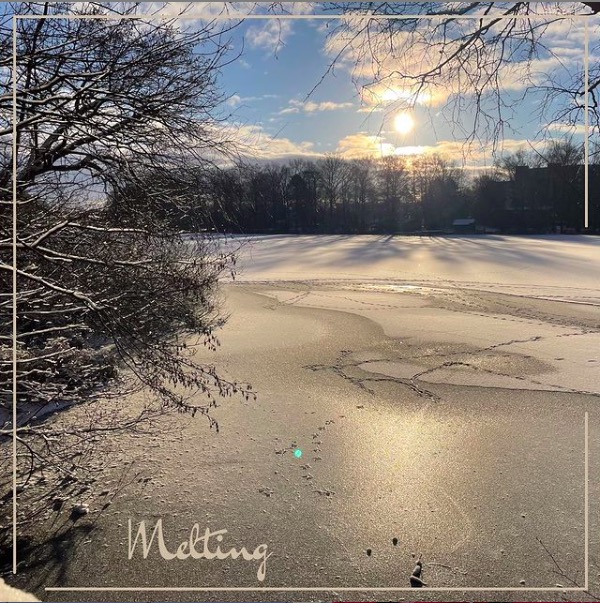
Albedo effects: where there is snow, it’s easier for more snow to accumulate because the white surface reflects incoming sunlight and stays relatively cold. Darker surfaces warm up faster, snow melts, surfaces remain darker, snow still melts more easily than on white surfaces… In this pic we see this both on a larger scale and on the micro scale in some animal’s footprints! Where the animal compacted the snow, it melted less than around it, so new snow accumulated on the old footprints but not around them. Therefore they stay visible for days!
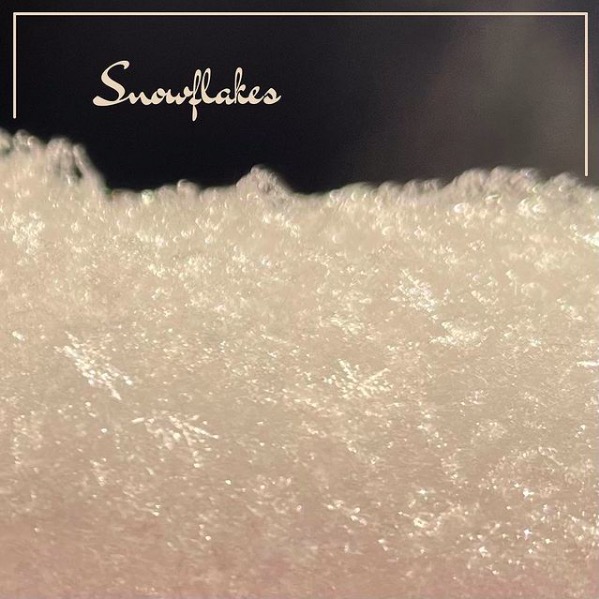
More pretty snowflakes spotted “in the wild” <3⠀